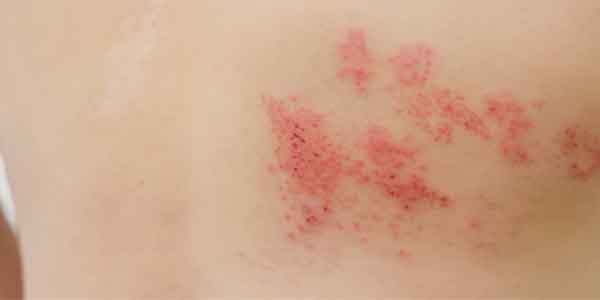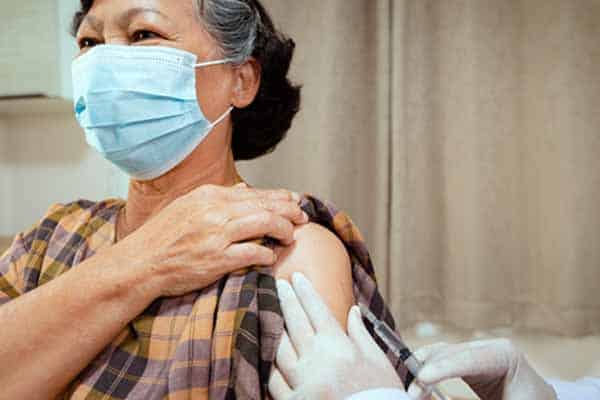What is Shingles and How Common Is It?

Understanding Shingles
Shingles, also known as herpes zoster, is a painful skin rash caused by the re-activation of the chickenpox virus (varicella-zoster virus) in people who have previously had chickenpox. The virus can be re-activated because of a range of issues that include advancing age, immune-suppressants, illness, or stress.
It is estimated that around one in five people who have had chickenpox would later develop shingles.
Symptoms
Shingles begins with an itching, tingling, or burning sensation in the skin, followed a few days later by a rash of painful fluid-filled blisters.
It often affects a particular area on the side of the body such as the chest, but can sometimes affect the head, face, and eye. The blisters typically scab over in seven to 10 days and fully clear up within two to four weeks.
However, the pain of shingles can, in some cases, linger for several weeks or months after the rash has disappeared. This lingering pain is called post-herpetic neuralgia (PHN) and is more likely to take place with increasing age.
Transmission
Once a person has chickenpox, the virus stays in their body and can reactivate later in life and cause shingles. It is possible to have shingles more than once.
A person with shingles can spread varicella-zoster virus to others through direct contact with the fluid from shingles blisters or breathing in virus particles that come from the blisters. If they get infected, they will develop chickenpox, not shingles. They could then develop shingles later in life.

Complications
The most common complication of shingles is long-term pain called postherpetic neuralgia (PHN). About 10 to 18 per cent of people who have shingles experience PHN. It is more likely to take place with increasing age.
Other less common but serious complications could be visual loss (if shingles affects the eye), lung infection, hearing loss, or brain inflammation. The shingles rash can also become infected with bacteria. Those with weakened immune systems are more likely to have complications from shingles.
Treatment
Several antiviral medicines are available to treat shingles. These medicines shorten the length and severity of the illness. They work best when you take them as soon as possible after the rash appears.
Preventing Shingles with Vaccination
Shingles is preventable with vaccination. There is no specific length of time one must wait after having shingles before receiving the shingles vaccine so long as the rashes have healed.
There are two vaccines available – Zostervax (live vaccine) and Shringrix (non-live vaccine). Both are approved for use for ages 50 years and older.
Shringrix
Those 50 years and older should have two doses of the shingles vaccine called Shingrix (recombinant zoster vaccine) to prevent shingles. It is given in two doses with an interval of two to six months and booster doses are not required.
A randomised placebo-controlled study that included older adults 50 years of age and above, found that the vaccine had an overall vaccine efficacy of 97.2 per cent against zoster. Immunity stays strong for at least the first seven years after vaccination.
Shingrix can be given even if there has been a past history of shingles, or if one has received the chicken pox vaccine or zostervax (see below). However, one should wait at least eight weeks after a patient received Zostavax to administer Shingrix.
Shingrix is not recommended for persons with a history of anaphylaxis to any component of the vaccine or a previous dose.

Zostervax
Zostervax, being a live vaccine, is not recommended for immunocompromised persons and those with a history of anaphylaxis to any component of the vaccine or to neomycin and gelatine. It is given as a single dose and booster doses are not required. Clinical trials on elderly individuals without prior zoster reported a 50 to 70 per cent reduction in the incidence of zoster.
Possible Side Effects of Shingles Vaccines
They are generally regarded as very safe vaccines. Common adverse events include redness, pain, and swelling at the injection site, fever, fatigue, headache, body aches, malaise, and nausea.
Both Zostervax and Shingrix are available at most Raffles Medical clinics.
To receive the vaccine, please contact your preferred Raffles Medical clinic to place an order for the vaccine.



